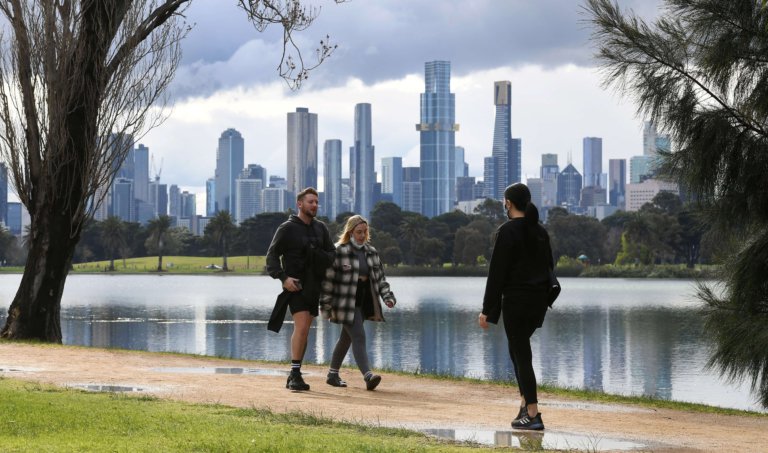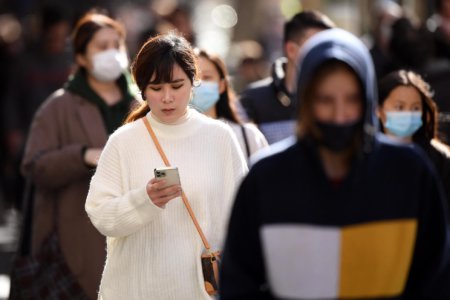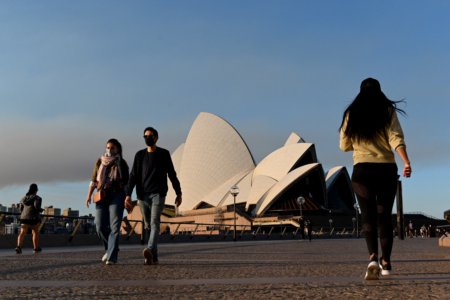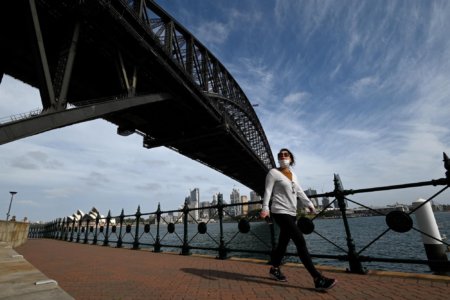
Victoria is expecting to welcome more international students to its shores over the next few years as Australia’s borders reopen.
According to the state’s budget forecasts which were released on Tuesday, the number of international learners seeking to study in Victoria will return to pre-pandemic levels by mid-2024. Specifically, the state government projects that Victoria’s population will grow by 1.7% through international student enrolment, reflecting the average growth rate of the past 20 years.
“With border restrictions now eased, the flows of migrants and foreign students to Victoria are expected to gradually increase over the course of 2022, reaching around pre-pandemic levels by 2023-24,” it said.
“Victoria’s strong labour market, highly ranked education sector, welcoming and diverse multicultural community, and liveability should once again attract an outsized share of Australia’s overall migrant intake.”
This comes after an increase of 0.1% in population in 2021-22 and a decrease of 0.7% in 2020-21. Much of this is due to the pandemic, in which many foreigners and international students returned home and were unable to return amidst Australia’s strict border policy.
The country has just begun reopening to the rest of the world, allowing students to travel back to their universities after nearly two years of being locked out. Despite this, international students have faced some issues, such as delays in visa applications that were keeping them from attending their universities.
“Even though Australian borders have been open for some time now, I am still waiting for my visa,” said Hamed Pourazad, who holds a scholarship to pursue his PhD at the University of Newcastle. Many of his friends from Iran are in the same boat.
“Some are waiting for more than two years, some have lost their scholarships, and some are about to lose their scholarships. What is bad here is that none of us can know for sure when our visas will be granted, and there is no way to ensure that our scholarships will still be valid by the time we have our visas.”
According to reports, Victorian governments are putting plans in motion to attract and retain international students and graduates.
Last month, Lord Mayor of Melbourne Sally Capp called for “drastic and brave” action to ensure students who study in Victoria would not depart for other states after graduation. She proposed that graduates have automatic access to a four-year visa to ensure this.
“It will help to make Australia a more attractive and conducive destination for students and allow us to retain smart and globally connected talent and address current labour and skills shortages,” she said in a speech.
Other initiatives include an investment of two million Australian dollars to provide international students with access to public transport through an International Student Travel Pass, announced last week.

Experts say that more needs to be done to reach pre-pandemic numbers of international student enrolment. Source: William West/AFP
Study in Victoria: More needs to be done to bring numbers up
Despite the government’s hopeful projections, experts say that more needs to be done should they hope to reach pre-pandemic numbers. Education policy lead at Victoria University Dr. Peter Hurley says he expects it to take a few years to achieve this.
“There’s still those lingering effects of the pandemic, particularly for places like China, where it’s still very difficult to come and go,” he told The Guardian. “They haven’t quite got open borders, so that has a big impact on Chinese international student’s choice.”
According to Hurley, there are around 90,000 students enrolled in Australian universities but studying remotely. Most of those who study in Victoria remotely are based in China.
Chinese students are particularly inclined towards an Australian education, and many hope to study in Victoria. A study showed that there is strong Chinese sentiment towards Australian universities out of four other countries considered, including Canada, the US, and the UK, indicating that future demand will remain high.
However, other reports show that there has been a “steady decline in interest” in Australia from some international students. This was mostly apparent in certain markets such as India, which plunged from 20% in 2019 to 9% from that market.
Much of this has to do with Australia’s stringent border policy, which barred international students from returning to their universities despite many calls to do so. IDP Connect Client Director Andrew Wharton explains that many students’ perceptions were also tainted by a negative online learning experience.
“I think it’s primarily because they didn’t have the hardware and the internet connection to have an enjoyable [online learning] and satisfying experience. They were doing their courses on mobile phones and with a poor [internet] connection. So that’s what we’ve seen has happened,” he previously told Study International.
Hurley added that Australia would have likely lost international students to other countries with more attractive post-study work opportunities and pathways to citizenship.
The UK, for example, has just announced a new High Potential Individual visa, which will allow talented graduates from the world’s top universities to live and work in the country without sponsorship. Canada is similarly introducing a High Potential Tech visa, giving in-demand tech professionals a pathway to the country without a job offer in hand.










